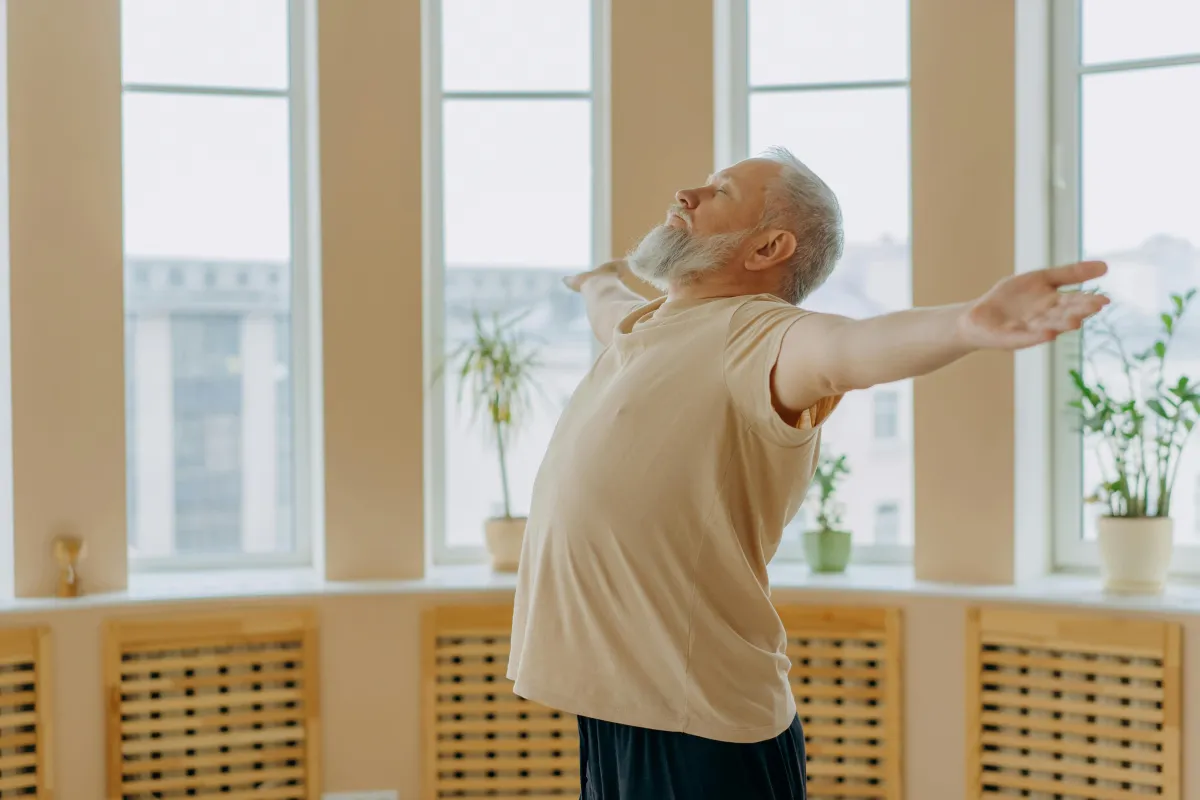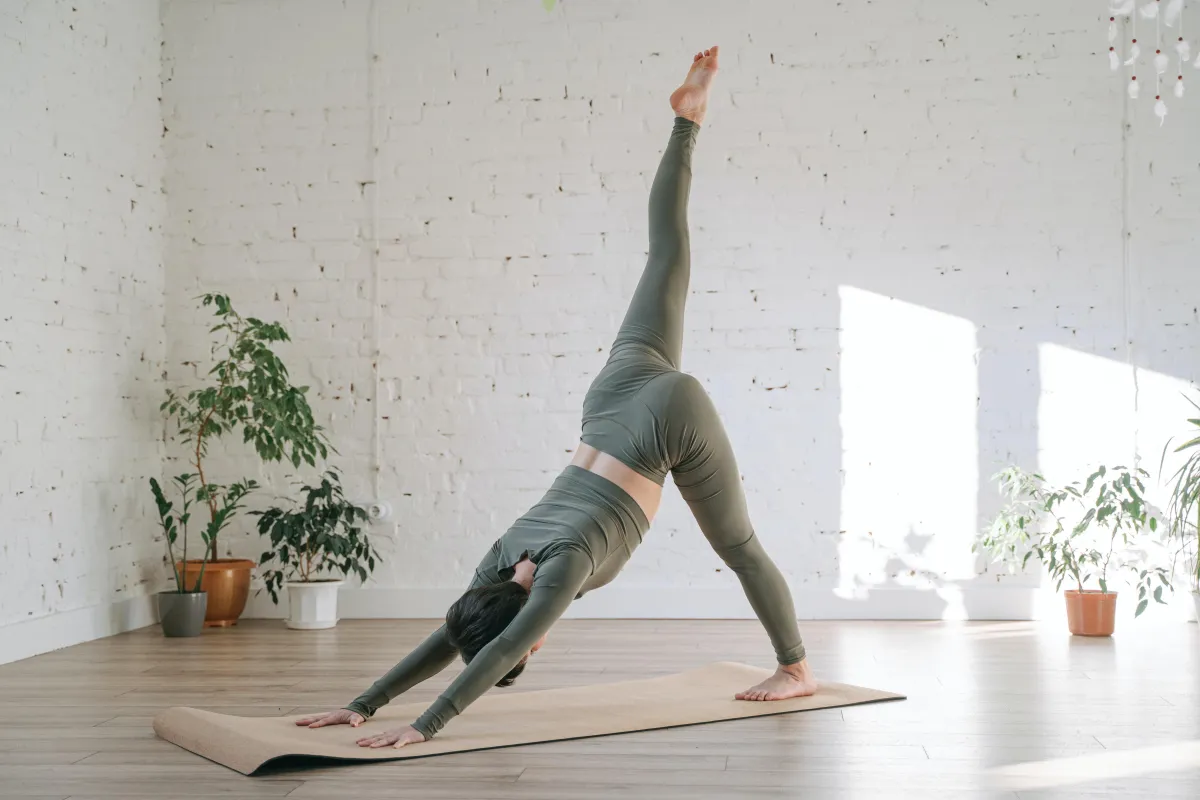OUR RECENT POSTS

The Power of Slowing Down: How Mindfulness Improves Your Health
In a world that constantly pushes for speed and productivity, slowing down can feel counterintuitive. Yet, taking time to pause and breathe allows both the mind and body to reset. Mindfulness—being fully present in the moment—has been shown to improve not only mental well-being but also physical health. Whether through meditation, gentle movement, or mindful breathing, slowing down helps create a healthier connection with your thoughts and emotions.
Reduced Stress and Anxiety
One of the most immediate benefits of slowing down is the reduction of stress. When you consciously take moments to pause, your body exits the constant “fight or flight” state and enters “rest and digest.” This shift helps lower cortisol levels, decreases muscle tension, and supports a calmer nervous system. Over time, mindfulness practices can train your brain to respond more calmly to stressful situations.
Better Focus and Mental Clarity
Being constantly busy often leads to mental fatigue and lack of focus. Mindfulness redirects your attention to the present, sharpening awareness and improving concentration. By focusing on one task at a time—whether eating, working, or walking—you enhance productivity and reduce the mental clutter that often leads to overwhelm.
Improved Emotional Balance
Slowing down creates space to process emotions rather than react impulsively. Mindfulness allows you to observe feelings without judgment, helping you respond thoughtfully instead of automatically. This practice not only strengthens emotional intelligence but also improves relationships by fostering empathy and patience.
Physical Health Benefits
The mind and body are deeply connected, and mindfulness can positively influence physical health. Regular mindfulness practices can lower blood pressure, improve sleep quality, and even support immune function. By bringing awareness to bodily sensations, you learn to recognize tension and release it before it becomes chronic.
Enhancing Mindfulness Through Movement
Movement can also be a form of mindfulness—especially when practiced intentionally. Yoga, for example, encourages breath awareness and body connection. It’s not just exercise; it’s a moving meditation that helps restore balance and focus. If you’re looking to deepen your practice or explore online yoga training, check outULU Yoga. Their programs combine mindful movement with breathing and awareness, helping you integrate mindfulness into everyday life.
Simple Ways to Slow Down Daily
Take three deep breaths before starting a new task.
Spend five minutes each morning sitting quietly without your phone.
Eat one meal a day without distractions, focusing on each bite.
Go for a short walk and pay attention to the sounds and sensations around you.
End your day with gratitude, reflecting on one moment that brought calm or joy.
By intentionally creating these moments of stillness, you train your mind to stay calm even in busy environments. Mindfulness doesn’t require major lifestyle changes—it starts with a few moments of awareness that grow into lasting habits for health and balance.
One or more of the links above are affiliate links, meaning, at no additional cost to you, we will earn a slight commission if you click through and make a purchase. Each of these products is chosen by a trusted member of our team.



Email: partnerships@beyondbluehealth.com
Site: www.beyondbluehealth.com
